How Bollywood took Hollywood
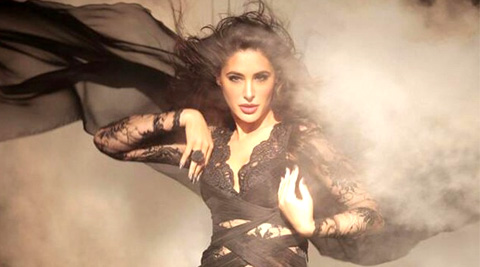
Hollywood increasingly wants Indian stars on screen. Pay is another matter.
Bollywood star Priyanka Chopra has plenty of experience of red carpets but this weekend was different. Rather than the usual gala premieres, she posed for hundreds of flashing cameras outside the Dolby Theatre in Hollywood before presenting a golden statuette to Margaret Sixel, Best Film Editing for Mad Max: Fury Road at the 2016 Oscars.
It’s always about the money.
For many, her presence at this glittering event, more loudly announced the arrival of Indian actors in the Hollywood big leagues. But it’s been a long time coming.
LOS ANGELES, CA — JANUARY 30: Actress Priyanka Chopra attends the 22nd Annual Screen Actors Guild Awards at The Shrine Auditorium on January 30, 2016 in Los Angeles, California. (Photo by Frazer Harrison/Getty Images)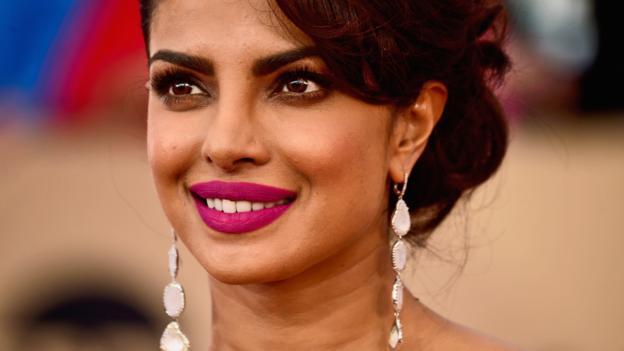
Diversity was the hot topic before and at this year’s Academy Awards. Director Spike Lee and actress Jada Pinkett-Smith boycotted the ceremony over lack of diversity among nominees, sparking the #OscarsSoWhite campaign. And while Indian actors or actresses have yet to win at the Oscars, their rise in American films and Hollywood overall can’t be overlooked.
Presenting an award at the Oscars is an honour reserved for the select few. It comes hot on the heels of Chopra, 33, becoming the first Indian ever to win a People's Choice Award for her role in US television show Quantico for which she was reportedly paid $4m. Chopra will also star alongside Hollywood heavyweight Dwayne ‘The Rock’ Johnson in the much-anticipated Baywatch movie.
Best actor winner Irrfan Khan of India poses with his trophy during the Asian Film Awards in Macau on March 27, 2014. Movie stars attended the event held annually since 2007, aimed at showcasing the region’s movie talent. AFP PHOTO / Philippe Lopez (Photo credit should read PHILIPPE LOPEZ/AFP/Getty Images)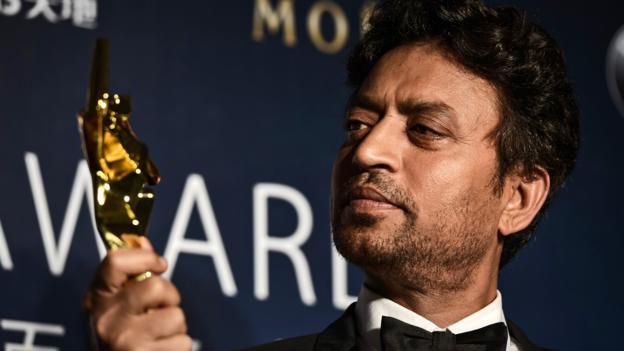
Over the last decade as Hollywood film storylines and cast have become more diverse, career opportunities are finally opening up to this wider pool of talent. As Hollywood casts its net wider India’s talent is benefitting but how well are they being paid?
Eye on the profit pie
Hollywood’s motivation for this crossover into India’s film royalty is partly a shrewd business calculation by film studios and distributors.
“It’s always about the money” said Suhel Seth, managing partner at consultancy firm Counselage India who is also an occasional actor with cameos in several Bollywood blockbusters. “As the Indian diaspora across the world gains more economic stature, there’s an urge for Hollywood producers and foreign studios to then also cater to that market.” US film companies see incorporating popular Indian actors and actresses into their productions as a significant opportunity to reach much bigger audiences in emerging markets.
Indian Bollywood actress Deepika Padukone presents a creation by Indian fashion designer Manish Malhotra during the Grand Finale of PCJ Delhi Couture Week 2013 in New Delhi on August 4, 2013. AFP PHOTO/ SAJJAD HUSSAIN (Photo credit should read SAJJAD HUSSAIN/AFP/Getty Images)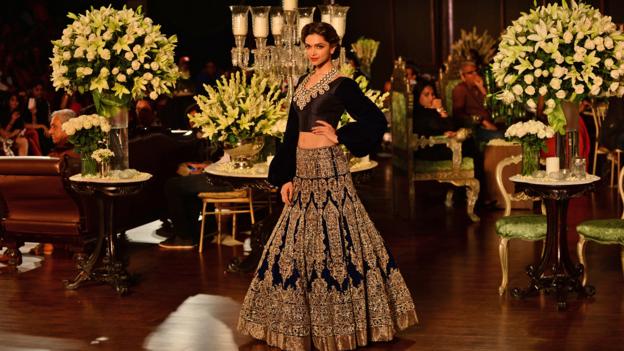
India represents a vast market of English speakers and a huge untapped opportunity, said Mumbai-based Anirban Das Blah, founder of CAA KWAN, a talent management company that represents several Bollywood stars.
For Hollywood films, I don’t get even one fourth of the fee I charge in India.
India’s own movie industry produces more than 1,000 films a year, and, together with television and media industries, is projected by KPMG to be worth $28.7bn by 2019. There’s a huge appetite for films in a country with more than a billion people, which analysts expect to mean more multiplex cinemas will be built and more Indians will start regularly viewing through digital media.
“In less than a decade the market could be anything from 20 times to 50 times its current size,” Das Blah said.
A growing demand amongst Indian moviegoers for cinema with less formulaic plots and more global themes is also driving change. “Both the context and the craft have altered to suit more diverse palates, which includes the American palate, the American studio palate,” Seth said.
HOLLYWOOD, CA — FEBRUARY 24: (L-R) Animation director Erik-Jan De Boer, director Ang Lee, actor Suraj Sharma, composer Mychael Danna, and cinematographer Claudio Miranda attend the 20th Century Fox And Fox Searchlight Pictures’ Academy Award Nominees Celebration at Lure on February 24, 2013 in Hollywood, California. (Photo by Imeh Akpanudosen/Getty Images)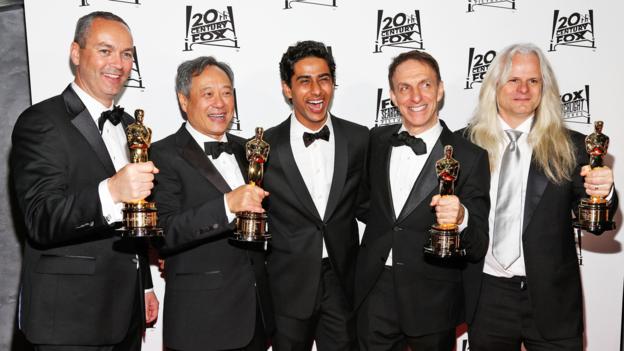
Breaking barriers
Crossover stars from India are muscling their way in to an industry that has come under fire for being too white — a recent BBC report citing University of Southern California research on Hollywood’s “inclusion crisis” underlined the scale of the problem.
Leading the pack is actor Irrfan Khan, 49, who has done more than 100 films during his career, the bulk in Bollywood. He has also spent a decade working in American studio and TV productions. Khan rose to prominence in the US after playing a policeman in the hit movie Slumdog Millionaire, which swept the Academy Awards in 2009 winning eight gold statuettes. His most recent outing was in the Universal Pictures- blockbuster, Jurassic World, which took in a record $511m at the box office in its opening week.
What Indian actors also gain is a greater brand recognition, which helps them bolster their image.
Khan and Chopra have opened the gate wider for younger Indian actors like Deepika Padukone, 30, to make their mark. Padukone has just bagged the lead in xXx: The Return of Xander Cage, where she’s paired up with action film veteran, Vin Diesel.
Indian faces have become more visible on prime time TV too. Nimrat Kaur and Suraj Sharma (Homeland), Kunal Nayyar (The Big Bang Theory), and veteran Indian actor Anil Kapoor (24) have all appeared on shows that have been global hits, partly driven by the rise of binge-watching via streaming services like Netflix and Hulu.
Actors Nimrat Kaur (L) and Mandy Patinkin arrive for the 21st Annual Screen Actors Guild Awards, January 25, 2015 at the Shrine Auditorium in Los Angeles, California. AFP PHOTO / FREDERIC J. BROWN (Photo credit should read FREDERIC J. BROWN/AFP/Getty Images)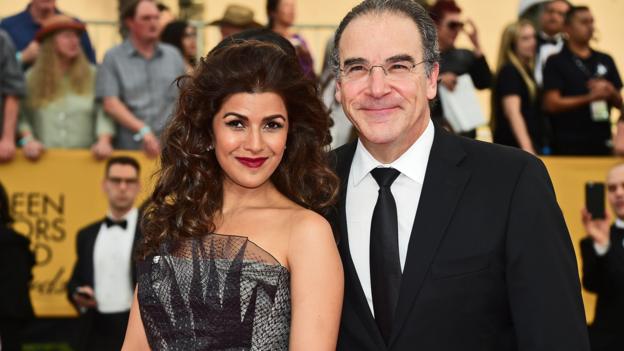
A change of heart?
For many years, Hollywood seemed to hire Indian actors to portray stereotypical parts. Offensive caricatures were common as recently as the late 1990s. “Hollywood is like any other business that has to continue to grow, or be eaten up,” Khan said. “Television and films are flourishing industries in America and they keep looking for new markets.”
Before India, it was all about China, “so Hollywood was incorporating Chinese actors, location, and technicians,” said Khan.
Films like Slumdog Millionaire (2008) helped sell and showcase India to Hollywood heavyweights. “When India-centric films like The Namesake and Slumdog Millionaire came out, they became popular and changed everything,” said Khan. “The entire American entertainment industry started looking at India as a potential new market to explore, and started accepting more stories with the Indian backdrop.”
LOS ANGELES, CA — JANUARY 06: Actors Kunal Nayyar and Jim Parsons backstage at the People’s Choice Awards 2016 at Microsoft Theater on January 6, 2016 in Los Angeles, California. (Photo by Frazer Harrison/Getty Images for The People’s Choice Awards)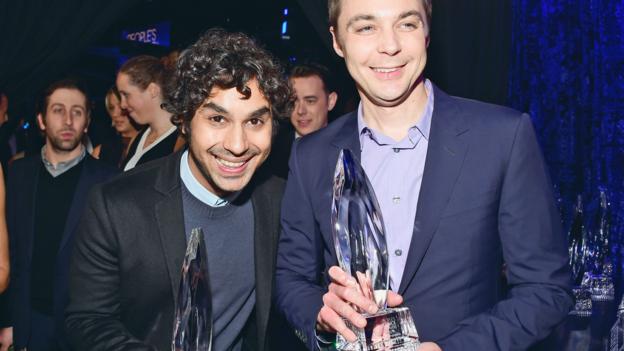
Big film houses like Fox and Paramount are attempting to offer variety and continue to look for new ground for their stories, said Khan, who stars alongside Tom Hanks in Inferno, due out later this year.
Does Hollywood mean big bucks?
While they’re on the screen, fame and fortune in Hollywood still isn’t bringing in the millions for Indian arrivals. There’s a general consensus among film stars, agents and publicists that Indian actors are not as well paid as US or European actors for comparable work.
Khan, who earned just under $2m in 2015, according to Forbes, said leading Indian actors will make anything from $750,000 to $5m per film in Bollywood.
“For Hollywood films, I don’t get even one fourth of the fee I charge in India,” Khan said. “It’s only when you’re playing the lead in a Hollywood film and you command a wider world market [audience] that you’ll be paid big bucks.”
DUBAI, UNITED ARAB EMIRATES — DECEMBER 12: Anil Kapoor during a portrait session on day three of the 11th Annual Dubai International Film Festival held at the Madinat Jumeriah Complex on December 12, 2014 in Dubai, United Arab Emirates. (Photo by Andrew H. Walker/Getty Images for DIFF)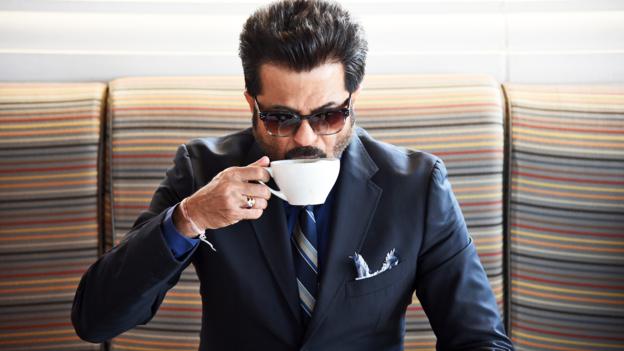
Seth said while the pay disparity is problematic, the exposure can pay off bigger for Bollywood stars crossing over to American film. “What Indian actors also gain is a greater brand recognition, which helps them bolster their image and allows them to appeal to a wider international market,” he said.
India’s highest paid actresses Chopra and Padukone have powerful Hollywood agents who ensure their clients get casting calls for films with big names and budgets. That has boosted their earning power in some instances. Chopra, who charges nearly $1m for her Bollywood projects, was reportedly paid $4m for her Quantico gig.
Big Bang Theory actor Kunal Ayyar, however, takes the salary prize. Born in Britain and raised in India, Ayyar was third on the Forbes list of World’s Highest-Paid TV Actors for 2015 with earnings that topped $20 million.
Политика конфиденциальности | Правила пользования сайтом







